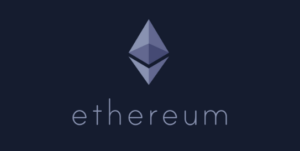Ethereum’s Layer-2 Solutions Pose a Challenge to Deflationary Narrative

The concept of Ethereum as “ultrasound money,” portraying the altcoin as increasingly deflationary due to burned transaction fees on the mainnet, has been a topic of discussion. However, an industry expert suggests that the current dynamics of the token have challenged this perception, primarily because of the emergence of Layer 2 solutions within the network’s scaling strategy.
Since the launch of Dencun in March 2024, a notable migration of users to L2s has reshaped the landscape. These solutions have been instrumental in capturing execution rewards, processing a significant portion of transactions, and utilizing blob space to conduct transactions at a fraction of the cost, consequently leading to a decline in transaction volume on the mainnet.
The expert notes, “It’s unlikely we will witness a scenario where L2s achieve sustained ETH burn levels seen before Dencun’s introduction, given the push for users to transition away from the mainnet.” This transition aligns with Ethereum’s modular roadmap, which anticipated a decline in mainnet activity as users embraced L2 solutions. Initially, the increase in L2 competition was expected to drive ETH burn rates back up, but the current scenario differs. Dominant L2s are processing a significant portion of transactions without substantially impacting Ethereum’s costs.
For instance, Base, a prominent L2 solution, experienced a 75% surge in transactions and a 100% increase in throughput over the past 90 days, while payments to Ethereum have remained stable. This trend raises questions about the sustainability of the ultrasound money narrative. If dominant L2 solutions continue to expand without significantly increasing ETH burn rates, Ethereum’s inflationary pressure may persist. However, some argue that a certain level of inflation could be beneficial for ecosystem velocity and user adoption.
Looking ahead, Ethereum developers are encouraged to focus on advancing the modular roadmap and enhancing the network’s scaling solutions rather than solely concentrating on L1 scaling. Additionally, the introduction of Ethereum ETFs represents a significant structural change that could overshadow discussions about ETH’s deflationary status in the future.


